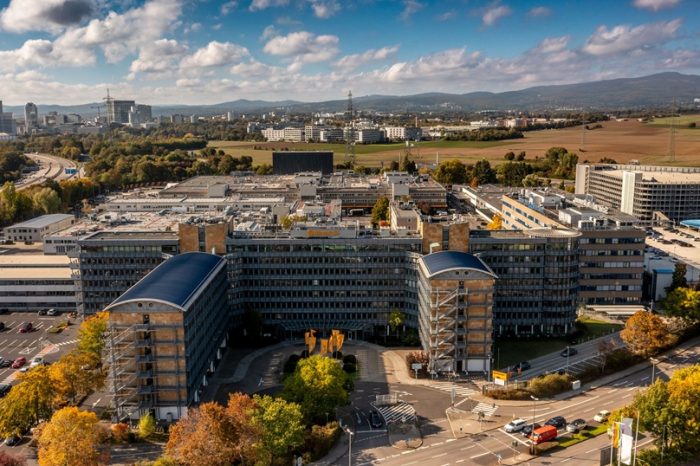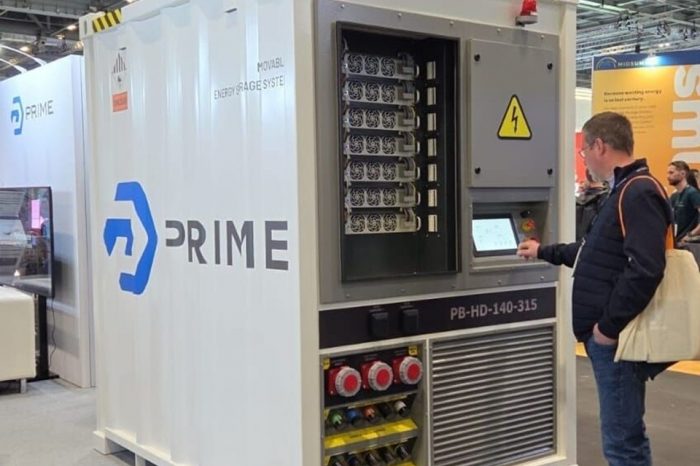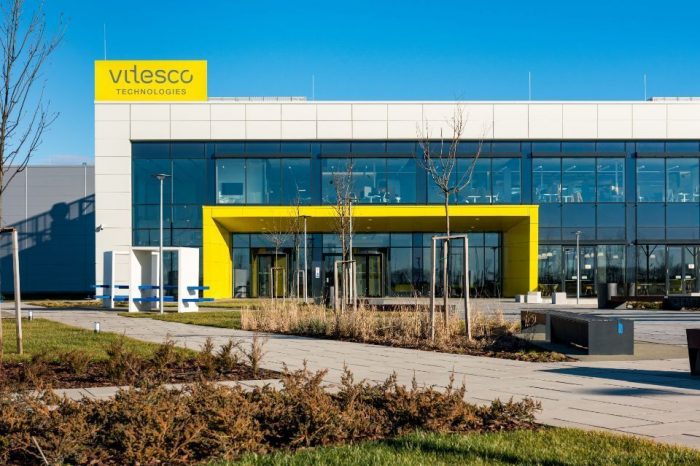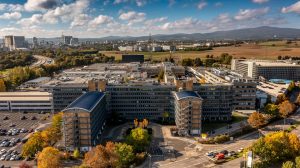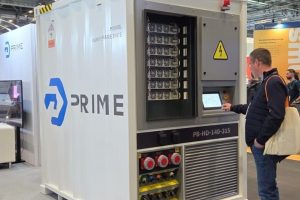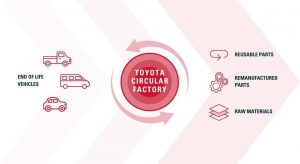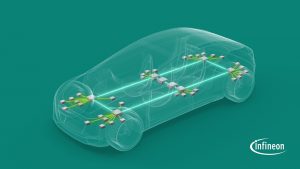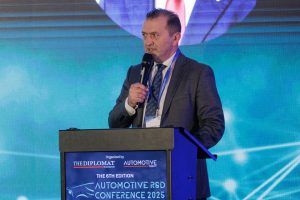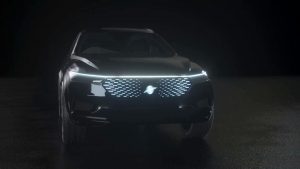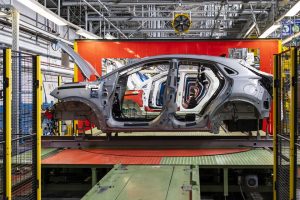Sergiu Rosianu, Schaeffler Romania: “We defined eight innovation clusters aiming to maintain our technological competitive advantage”
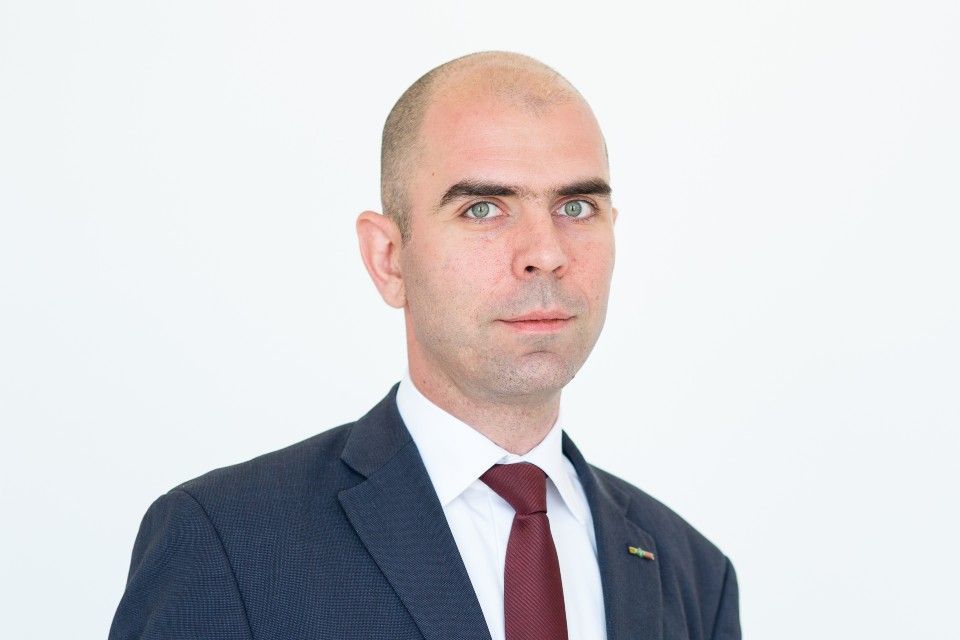
“The site in Brasov and its department for research and development play a key part in our global strategy Roadmap 2025. Within that, we defined eight innovation clusters aiming to maintain our technological competitive advantage and successfully meet customer needs through continuous innovation in the relevant areas,” Sergiu Rosianu, manager Research & Development Schaeffler Romania, told Automotive Today.
“The “Innovation & Technology” subprogram of our Roadmap 2025 is designed to focus all our innovation activities on harnessing synergies across our divisions. The clusters containing top priorities and initiatives are: Bearing Technologies, Hydrogen & Energy Transition, Electric & Automated Mobility, Robotics & IoT, New Production Concepts, Artificial Intelligence, Material & Surface Science, Advanced Manufacturing Technologies.”
What are your expectations regarding the evolution of the automotive industry?
The automotive sector and its market conditions are subject to significant change and the corona pandemic has further increased the need for continuous transformation. Key drivers here include the rapid pace of regulatory and technological changes, increasing urbanization, and the growing social awareness of the negative environmental impacts of traditional mobility concepts. At the same time, we are seeing a growing preference for new electrified powertrain technologies as opposed to conventional combustion engines. The effective implementation of new mobility concepts will require innovative mechatronic technologies at both component and system level.
How does Schaeffler face this transformation?
The trend towards new mobility – as in e-mobility, alternative mobility concepts, connectivity, and autonomous driving – will impact both our products and our business models. By introducing a new organizational structure in our Automotive Technologies division, we ensure to actively shape the transformation and strengthen our position as the preferred technology partner for our customers.
How can companies like Schaeffler make the new mobility a success?
We said earlier than others that we expect around 30 percent electric, 40 percent hybrid, and only 30 percent internal combustion engines in new cars in 2030. To achieve this, electric cars must of course be affordable and have sufficient range. But there are other factors as well. The success of e-mobility depends to a large extent on the charging infrastructure. This has been the biggest brake on the road so far. And with electric cars that run on electricity from lignite, the climate protection bill does not work out. Climate change is the decisive topic of the decade, to which the world must devote more attention. We have to move faster here.
What role does the Schaeffler location in Brasov play in the transformation towards new ways of mobility?
The site in Brasov and its department for research and development play a key part in our global strategy Roadmap 2025. Within that, we defined eight innovation clusters aiming to maintain our technological competitive advantage and successfully meet customer needs through continuous innovation in the relevant areas. The “Innovation & Technology” subprogram of our Roadmap 2025 is designed to focus all our innovation activities on harnessing synergies across our divisions. The clusters containing top priorities and initiatives are: Bearing Technologies, Hydrogen & Energy Transition, Electric & Automated Mobility, Robotics & IoT, New Production Concepts, Artificial Intelligence, Material & Surface Science, Advanced Manufacturing Technologies.
What are some of Schaeffler’s concrete projects in the field of E-Mobility?
The Schaeffler Group establishes itself as a leading supplier of various solutions for sustainable electric mobility across all electrification levels. Mass production of the electric axle transmission, a key and highly versatile component of electric axle systems, has been running successfully since 2017. In 2020, the coaxial electric axle transmission earned Schaeffler the prestigious PACE Award, regarded by the industry worldwide as the hallmark for successful automotive projects. Schaeffler has also secured multiple orders for its complete “3in1 electric axles”, which combine the electric motor, drive unit and power electronics in a single system. Besides our modular, highly integrated technology platform for electric motors, we will see the start of the mass production of hybrid modules, hybrid drive units and all-electric axle transmissions this year. Through our strong expertise in mass production and high innovation capacity, we will be able to meet any customers requirements.
In addition to that, Schaeffler has progressively strengthened its electric mobility expertise through a series of targeted acquisitions over the last few years. The purchase of Elmotec Statomat at the end of 2018 added new expertise in winding technology, providing Schaeffler with comprehensive coverage of all aspects of electric motor industrialization. Another highly successful acquisition back in 2016 was the takeover of Compact Dynamics, a specialist in the development of innovative electric drive concepts. Meanwhile, the Schaeffler Paravan Technologies joint venture is developing the Space Drive steer-by-wire system, a key technology for autonomous driving.
How successful has the transformation been for Schaeffler so far?
The Schaeffler Group had a good start this year. Driven by the Chinese market and in particular the Automotive sector, we registered an increased need for individual mobility solutions that leads to a stronger demand across the divisions. With the start of production for our 2in1 e-axles in Taicang, China, we reached another important milestone on the way to becoming a leader of innovation in electric mobility. The electric axle system comprises an electric motor and transmission and strengthens our position in the market.
Another example is the hybrid module we started providing for heavy-duty vehicles. We are proud to deliver a three-in-one system with integrated power electronics for the first time. This also helps us leverage our recuperation technology, which we see as one of the most important growth markets for the Schaeffler Group.
Overall, Schaeffler received orders amounting to EUR 2.7 billion in its E-Mobility business division in 2020, with a 30% increase in projects compared to the year before. This number will further increase this year.


